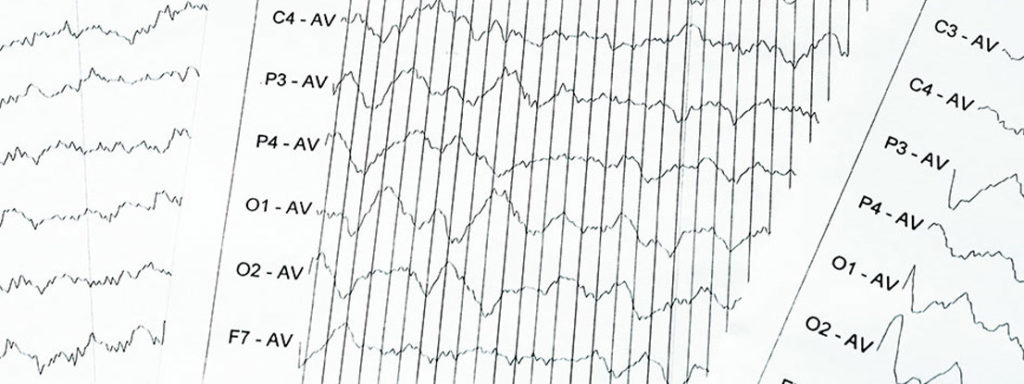


Upon their discovery, binaural beats were dismissed as a simple oddity. They were discovered in 1839 by physicist Heinrich Wilhelm Dove. In other words, an auditory illusion.īinaural beats are nothing new. In this sense, you are hearing something that isn’t actually there. Once there, the tones mix together into a single one, a binaural beat, which is perceived as an entirely new frequency. This is a part of the brain in charge of collecting audio input. Basically, when you play two tones with a slightly different frequency, they travel separately to the inferior colliculus. This literally means “having or relating to two ears”. Let’s start with the word itself: binaural. But, how is this possible? Here’s everything you need to know about the benefits of binaural beats. According to a growing body of research, binaural beats could help us cope with stress and anxiety, and improve our cognitive abilities. And the brain processes these frequencies as a single one. Binaural beat recordings take advantage of the fact that the right and left ears perceive a slightly different frequency tone. This is an emerging sound-wave therapy known for inducing the same mental states typical of meditative practices. If you are familiar with meditation and stress-relief techniques, you might have heard about binaural beats.


 0 kommentar(er)
0 kommentar(er)
